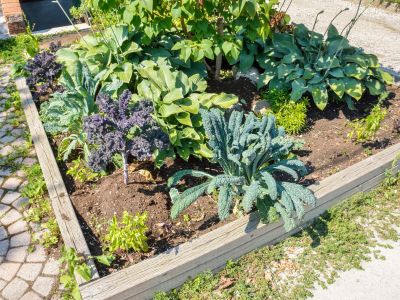Wiser still might be raised bed gardening. This article will point out some of the benefits and some of the deficits.
Benefits of Raised Beds in Arid Regions
Garden articles advertise raised bed gardening. In zones with little moisture, the practice may also be helpful, especially if you have poor soil. Raised beds for hot regions can allow you to replace existing soil with fertile, well formulated soil. However, they will raise plants up to the hot sun and tend to dry out quickly. Are raised beds right for you though? Gardening in dry climates can be done but poses a different set of issues than gardening where water is plentiful. Plants need water, so that is number one. Often, dry climate regions have rocky, gritty, infertile soil. Therefore, building a raised bed can help with this problem. Raised beds for hot regions also provide solutions to the following issues:
Elevated beds mean less stooping overYou can control the soil type betterSegregates plants that tend to spreadIncreases drainagePerfect for small space gardensAttractiveEases weed controlReduces soil compactionSoil warms more quickly after winter
Negatives of Raised Beds in Arid Regions
If your soil lacks good texture, can’t hold much moisture, and has no natural fertility, raised beds may be for you. Raised beds do require some effort and cost to build. The amount really depends upon the visual you require. Raised beds may warm quicker in spring but they also cool down faster as winter approaches, potentially cutting your growing season short. You will have to put some work into maintaining the soil in such a closed system, as nutrients and soil condition will change after a season or two. If you use a tiller to prepare soil in spring, it is not practical in a raised bed. The biggest downside to raised bed gardening is the amount of water used. The elevated soil will dry out much more quickly than an in-ground bed.
Tips on Gardening in Hot Climates
Now that you know the pros and cons of raised beds for your dry region, you can decide what is right for you. Some of the problems with the system can be solved. Use drip irrigation to deliver water directly to plants. Maintain soil tilth and fertility by applying a top dressing of manure, leaf litter, or compost annually. To keep costs down in construction, reuse materials at hand such as the remains of a brick patio, cinder blocks, or old beams. Raised beds may have a few problems but their use has more advantages than disadvantages and might be worth a try.
